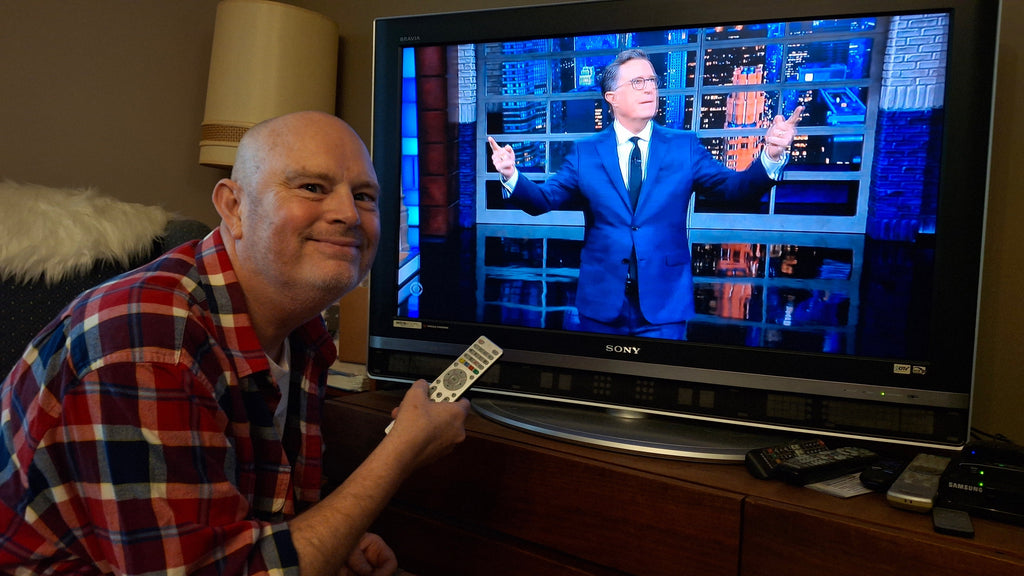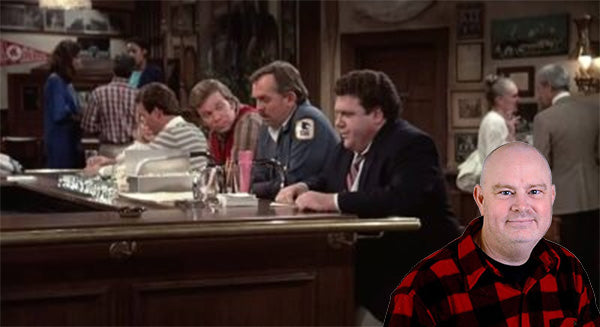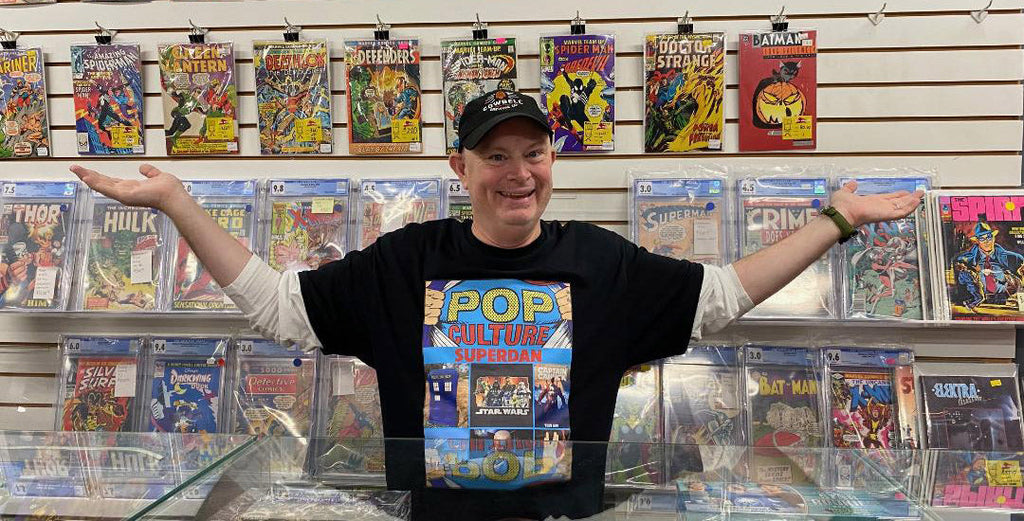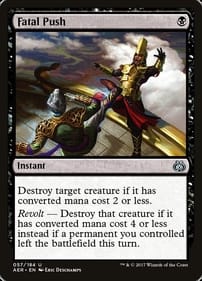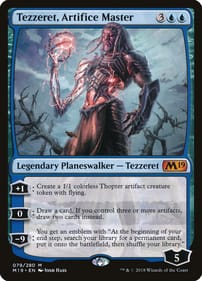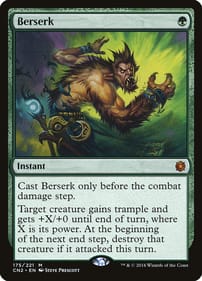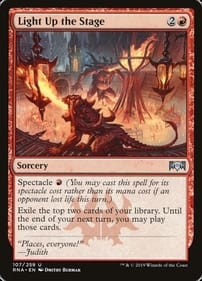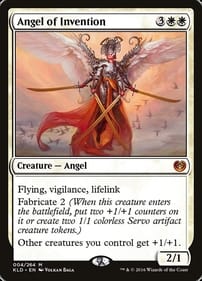A Small Thing but an Important Thing
By Dan Brown I miss “the wave.” What I’m talking about has nothing to do with standing up at the right time at a sporting event, I don’t mean that wave. What I’m referring to is a tiny gesture that has everything to do with courtesy on the road and making our divided world just a little more humane. If you’re a veteran driver like I am, who has had a license for 40 years, you likely have seen “the wave.” It goes like this. Let’s say you’re stuck in busy traffic and some car from a side street is trying to ease into your lane. Good Samaritan that you are, you stop going forward to let them in. As they pull into the path ahead of you, they stick a hand out the driver’s side window and motion in your direction. That’s “the wave.” And it’s disappearing. Which is a sad comment on where we’re at as a society. The wave, as I call it, is more than just a gesture. Sometimes it’s accompanied by a smile from the other driver, who is acknowledging that by letting them in you have done them a solid. It’s a way, from one stranger to another, of wordlessly saying, “I appreciate you, man, thanks!” After all, you don’t know that other driver. Allowing them some space ahead of your vehicle is not something you’re required to do by law – I do it because I recognize they may be having a tough day, and it costs me almost nothing, maybe a few seconds, to be courteous. And some day, I’ll be in the same position. I’ll be the one having a rough time who needs a small break from the universe in the form of a kindly fellow commuter. Many people have said chivalry is dead, and the wave is one way of acknowledging the chivalrous spirit. It’s the opposite of road rage – it’s road gratitude. (It reminds me of another driving habit, flashing your high beams to oncoming cars when you pass a police speed trap, but that might be a country thing.) There’s even song about small driving kindnesses by the group Geggy Tah, who sing: All I want to do is to thank you/ Even though I don't know who you are/ You let me change lanes/ While I was driving in my car. The wave is like saying, “Thank you” when the person ahead of you holds a door open for you when you’re entering a building. They weren’t mandated by law to do that. I hope I don’t overstate the case, but it’s one of those tiny things that makes life in a city such as London tolerable, enjoyable even. And I’m worried, since I haven’t seen it for some time. I haven’t been keeping detailed notes, but I would say in the last year or two I’ve let a fair number of people in ahead of me in traffic on my daily drive to and from work. But something’s missing. No wave. That’s why I’m troubled. Those other drivers don’t appear to feel any impetus to wave anymore. I think I’m being just as gracious a driver as I’ve always been. And I’m driving as much as I always did. But I suppose it could be my fault. Perhaps people fell out of the habit during the pandemic. If so, screw you COVID-19. Or maybe distracted driving is such a problem that people aren’t paying enough attention to lift their hand for just a second or two. Maybe tinted windows play a part. Or perhaps those drivers feel entitled to butt in ahead of me in traffic. All are possible. In fairness, I will say there is one group of drivers who can still be counted on to give the wave: School-bus operators. If you want to see another human being light up on your morning commute, obey the law and stop when a school bus in the other lane has its lights flashing. And those bus drivers certainly don’t have to wave to you! Dan Brown has covered pop culture for more than 33 years as a journalist and also moderates L.A. Mood’s monthly graphic-novel group.
Slow is the New Fast
By Dan Brown In our fast-paced world, doing things slowly is not just a luxury, it’s also the ultimate power move. You’ve probably noticed we live at a moment in human history when it feels as though everyone on the planet is rushing around with their hair on fire. Just look at online retailers (think Amazon) or delivery services (like Skip the Dishes), that promise faster and faster service. Then there’s the employers who don’t want slowpokes. Bosses prize workers who can move like lighting. They hire employees who can keep to a schedule by meeting tight deadlines. In 2025, no one wants a slow hand, as the Pointer Sisters once did. “I wanna go fast,” singer Demi Lovato pleads on her comeback single, out now. Everyone everywhere wants to move quickly, to get to the next thing before too much time has elapsed. Making the most of your day no longer means savouring each moment, but packing as many moments as you can into each hour, minute, second. No one has time to waste. So is it any surprise those who move at a slower pace stand out? The first place I noticed it was on the road. Driving around London, I would get stuck behind cars that were going painfully slowly. Usually, these vehicles travelling slower than the minimum speed limit were pimped-out machines. It didn’t take long for it to hit me: Clearly, going slow is the cool thing to do. Cool people don’t rush. (Another place you’ll see this principle at work is in Grand Bend with the cars that cruise the Strip at a snail’s pace.) If you want another illustration of this truth, check out any speech on YouTube by former U.S. president Barack Obama. His trademark style was to speak deliberately, with lots of pauses. What he was saying without saying it out loud was: “I’m no fast-talker like other politicians. I choose every word carefully. I’m no fool.” He was trying to make people hang on his every syllable. Understanding Obama’s message required an attention span. He was no influencer on Tik Tok. Going slowly in today’s fast-food, fast-everything world is a power move because being slow on purpose projects a message. It says, “I’m not in a hurry, like all the normies. I’m not a slave to the clock. I’m too important to rush around. I’m not shackled to a schedule, I’ll arrive when I arrive.” People who have the superpower of being slow are above common concerns the rest of us share. They don’t have to be at the party on time, or – heaven forfend — early. Is there a bigger faux pas than arriving before all the other guests? The slow among us are our modern-day Ferris Buellers. If you recall, Bueller struck a blow against the tyranny of the clock in 1986 by goofing off for an entire school day. "Life moves pretty fast,” he said. “If you don't stop and look around once in a while, you could miss it." I don’t know about you, but I would love just one extra day to do nothing in particular, not having to worry about using my time efficiently. If it’s true life is a race to the grave, then not hurrying is also a way of resisting mortality itself. The heavy-metal group Blue Oyster Cult tapped into that idea in their 1981 song Burnin’ For You, which is partly a meditation on time: Time is the essenceTime is the seasonTime ain't no reasonGot no time to slowTime everlastingTime to play B-sidesTime ain't on my sideTime I'll never knowHaving time to burn to indulge such silly impulses as actually listening to B-sides is the ultimate luxury today. And now, if you’ll excuse me, I really should get going. I’m on a tight deadline. Dan Brown has covered pop culture for more than 33 years as a journalist and also moderates L.A. Mood’s monthly graphic-novel group.
Network Talk Shows Are Played Out
By Dan Brown Given the fuss over the axing of the Late Show With Stephen Colbert, you might get the impression network talk shows matter. They don’t. Such programs haven’t mattered for years, and few TV viewers would notice if ALL of them went off the air. The format of a monologue, phony interviews, then a musical performance is played out. In a world in which seemingly every slightly famous person hosts a podcast, network talk shows are not the draw they once were. When was the last time you watched an episode of Colbert from start to finish? What about the likes of Jimmy Fallon, Jimmy Kimmel, or Seth Myers? Contrast those guys with Johnny Carson. He was such a fixture back in the day that his retirement from late night in 1992 amounted to a cultural earthquake. Carson’s heyday was a different era. Network TV ruled the roost, with cable coming on strong. When the Carson-inspired David Letterman took off in the 1980s, his brand of late-night comedy was considered edgy, dangerous, subversive. You WANTED to stay up late to see what Dave was up to. Fast-forward to 2025 and it feels as though the list of celebrities who have hosted a late-night chat show at some point in their careers is longer than the list of those who haven’t. They aren’t special anymore. No one is interested in watching a procession of minor stars fake their way through a pre-scripted interview to promote their latest project. We can get our entertainment news in so many different places now, and the supply of celebs far outstrips the demand. The last late-night interview that mattered aired in 1995, when Jay Leno got to ask Hugh Grant why he had hired a prostitute named Divine Brown days earlier: “What the hell were you thinking?” in 2025, no one is eagerly anticipating the next guest who will step out from behind the curtain. Networks have hung on far longer than anyone thought they would, but according to the Los Angeles Times, the proportion of the television viewing audience watching streaming is now larger than that watching linear TV. Talk shows were relatively cheap to make when companies actually advertised their wares on network TV. In their day, they had cultural sway. A new generation has taken the format and is running with it, doing interesting things online. The idea of an interview show with the guests all eating spicy hot wings might sound loony, but it actually works. Or how about a parody of talk shows called Between Two Ferns on which every interview is hilariously uncomfortable? Maybe you would rather watch yet another minor movie actor talk about what a great time they had on set making the latest programmatic Hollywood sludge. You’re in a shrinking minority. If talk shows on network TV have accomplished anything down through the decades, they’ve killed interviewing as an art form with their rehearsed conversations. Which is OK. With a million podcasts to choose from, none of which are time-limited, on any number of platforms, we’ve got space for all the genuine follow-up questions imaginable. That’s where the real talk is taking place with hosts who don’t need to feign their interest. Oh, and just for the record, the best talk show ever was on pay TV – it was called Night After Night and was hosted by Allan Havey with sidekick Nick Bakay in the early 1990s. I taped it every night. So let’s retire network talk shows — all of them. At least for a few years or decades. Letting the genre lie fallow for a while can only lead to positive things for the entertainment industry. Dan Brown has covered pop culture for more than 32 years as a journalist and also moderates L.A. Mood’s monthly graphic-novel group.
Why I Love Character Actors Like George Wendt
By Dan Brown “Norm!” If that one word brings to your mind the image of a rumpled figure plopping down on his favourite bar stool to wearily take the first sip from a mug of draft, then George Wendt can go to his reward knowing he did a good job. If you watched television in the 1980s and 1990s, you will know Wendt as the performer who brought everyone’s favourite wise-cracking barfly to life on Cheers, the sitcom featuring a group of lovable losers in a Boston bar. Wendt, who died May 20 at the age of 76, was Emmy-nominated six times for playing the role of Norm Peterson, which earned him a spot in the pop-culture canon. His example also demonstrates how the right character actor can make an entire series come alive. Wendt so expertly inhabited Peterson that it’s impossible to imagine any other player in the same part. That’s why I love character actors. They are so talented, they can make something special out of a nothing role. I’m talking about your George Wendts, your Stanley Tuccis, your Stephen Roots, your Judy Greers. These B-listers are geniuses for doing the improbable: They make a living as actors without ever getting typecast. Give me a skilled character actor over a leading man or lady any day. I find them much more interesting than any Tom Cruise, Brad Pitt, or Sandra Bullock. The best character actors exemplify Morgan Freeman’s maxim that “Steady work is better than stardom.” The thing about a guy like Cruise is, I can’t relate to him. His enduring good looks, flawless body, and smooth patter give me pause because I don’t know anybody who has stayed as perfectly preserved as he has over the decades. In the final analysis, such perfection on the big or small screen is just boring. After Cheers went off the air in 1993, Wendt had a second act on Broadway in productions of Elf, Hairspray and Breakfast at Tiffany’s, plus he continued to be a perpetual guest-star on shows as different as The Larry Sanders Show, Fresh Off The Boat, and Spin City. A Second City alum, Wendt became an unofficial cast member on Saturday Night Live for a number of episodes. Talk about versatility! It certainly didn’t hurt Wendt when the Cheers producers would assign him a juicy zinger for the cold open of many an episode. The harried Peterson’s desire, or perhaps need, to grab a beer as soon as he walked through the door helped cement his Everyman appeal. Male viewers may have wanted to be Ted Danson’s Sam Malone, but in their hearts they knew they were really more like Norm. Whatever you want to call George Wendt, he wasn’t a “star.”. He was a working actor who played his part so lovingly he wormed his way into the collective memory. He proved the truism that there are no small roles, just small actors. So raise a glass to George Wendt and the other character actors we love. They may not win the biggest awards, but they steal scenes left and right. Dan Brown has covered pop culture for more than 32 years as a journalist and also moderates L.A. Mood’s monthly graphic-novel group.
Movie Mentors Inspired Me
NOTE: Dan Brown’s column will now be appearing twice a week on the website of L.A. Mood Comics & Games; on Tuesdays, he’ll write about graphic novels, and on Thursdays he will cover other pop-culture topics.By Dan Brown It’s the movies that made me the mentor I am today. If it wasn’t for motion pictures like To Sir, With Love, The Empire Strikes Back, and Stand and Deliver, I’m not sure I would be one. It was the movie mentors – Sir, Yoda, Jaime Escalante – who showed me how I could inspire young people. Those characters also provided proof of how rewarding mentorship could be not just for the young person, but the mentor, too. Some background: In my day job, I work as the editorial-support manager for the Western Gazette, the student-owned and-run newspaper here in London. What does that mean, exactly? I like to think of it in these terms: Each new academic year, a recent grad serves as editor-in-chief. I, on the other hand, am the paper’s “mentor-in-chief.” (I could, and will, write a column another day about how I love the Gazette’s mentoring culture, every student gets in on helping newsroom newbies.) I’m also a journalism instructor at the same university, so have served as a mentor to students I meet through my classes. But my interest in mentoring started decades ago, long before I got my current position and long before I began teaching at Ontario universities. I was still a student in grade school. The original spark might very well have been when I watched Sidney Poitier’s To Sir, With Love for the first time, likely on afternoon TV in the 1970s one summer. It might have been Channel 10 or Global or even TVOntario that aired it. As you may recall, Poitier plays an engineer who can’t get a role in his own industry, so he turns to teaching as his Plan B, winding up tutoring a bunch of tough kids in 1966 East London. The unruly group of working-class teens initially gets the better of their teacher. In a fit of desperation he decides to throw out the curriculum so he can impose his own structure on the class, which allows him to school the motley crew about the facts of life they will need to survive. Gradually, they warm to his brand of tough love, and just as the students start to fall in love with him, he returns the affection. All that and a heartbreaker of a song by Lulu! It still brings tears to my eyes. Skip ahead a couple years. When The Empire Strikes Back comes out in 1980, George Lucas replaces acclaimed actor Alec Guinness (who played Ben Kenobi in the original Star Wars) with a green muppet as the new spokesman for the Force in Luke’s training scenes on the swamp planet Dagobah. To this day, I still ponder Yoda’s lessons. Is there really only a “do or do not” and no “try”? Isn’t that a tad harsh? When Yoda uttered the word “unlearn” it blew my mind. I knew what learning was, I was doing it at Valleyview Public School, but “unlearning” opened up all kinds of possibilities I had never thought about before. My favourite scene in all of Star Wars comes from that sequence, when Yoda describes the nature of the Force to a maturing Luke and tells him people are “luminous beings,” not just crude flesh and blood. Stirring stuff. As a teen, I would be riveted by Edwards James Olmos’s turn as real-life calculus teacher Jaime Escalante. His determination to help a class of young Latinos in L.A. reach their potential was inspiring. I marveled when he told them the Mayas invented the concept of zero, adding “You burros have math in your blood.” Olmos says he asks only one thing of his students: A desire to learn: “If you don’t have the ganas, I will give it to you because I’m an expert.” Math was never my thing. But I could see how he lit the fires in the eyes of his students.And there were others: Ben Kenobi himself, Joe Clark (as played by Morgan Freeman in Lean on Me), Robin Williams in Dead Poet’s Society (it was the book, not the movie, which introduced me to Miss Jean Brodie when I was a student at a British high school for a year). By the way, it wasn’t apparent to me until years after I became an instructor at Western that what I was doing was mentoring. One day, after helping a student from one of my classes, I got an email that said, “You’re a great mentor.” I had never thought of it in that way before. So that made it official. Dan Brown has covered pop culture for more than 32 years as a journalist and also moderates L.A. Mood’s monthly graphic-novel group.
The Time is Right for an SNL Network
NOTE: Dan Brown’s column will now be appearing twice a week on the website of L.A. Mood Comics & Games; on Tuesdays, he’ll write about graphic novels, and on Thursdays he will cover other pop-culture topics. The Time is Right for an SNL NetworkBy Dan Brown How much SNL is too much SNL? I know I can’t be the only one who was wondering that a few weeks ago. You may have noticed in February how, over the span of a few days, the U.S. network NBC pulled out all the stops to mark Saturday Night Live’s 50th season on the air. And I mean all the stops. The celebrations included:*A re-broadcast of the comedy show’s first episode from 1975.*A four-hour live anniversary special.*A three-hour concert special featuring former musical guests from SNL history*A three-hour documentary directed by Questlove on SNL’s musical impact*A four-part docu-series called Beyond Saturday Night focused on the show’s cast of comedy performers. The only thing missing was a documentary about all the comedy catchphrases the show has generated, from “You look mahvelous!” to “Isn’t that special?” to “Party on!” I kid. You would have to be an SNL fan of the highest order to make the time to watch all of that programming. I’m not, although I did make it through the re-airing of the inaugural episode, as well as the overlong anniversary broadcast. That’s enough SNL for me. Created by Canada’s own Lorne Michaels, who still serves as executive producer, SNL is as close as it comes to an institution on television – even if the truth is there have been more sketches that were misfires than hits over the last five decades. If SNL was a pro baseball player, it would have a handful of home runs yet a surprisingly low batting average. Legend has it Michaels was turned down by the CBC before he took his idea for a late-night variety show to New York all those years ago. NBC may have gone over the top last month because of the threat now posed by streaming services like Netflix to its bottom line. The hours and hours of content NBC commissioned will also be used to draw eyeballs to Peacock, its own streamer. But instead of feeding the streaming beast, why not just create an old-fashioned specialty network out of all that old content? Yes, I know SNL has a YouTube channel, but it’s mostly there to generate viral videos from current episodes. And I realize I’m not a very subtle thinker, but hear me out. Think of it: The SNL Channel. There are 50 years of programming to draw monologues, comedy sketches and musical interludes from. That’s more than 900 episodes, with each running 90 minutes. There’s 24 hours a day of programming right there. Nor does it take much brain power to imagine how they could supplement all those episodes with other comedic content. For starters, an SNL Channel could also run movies starring characters that were invented on Saturday Night Live. That’s everything from the Blues Brothers to the Wayne’s World movies to Coneheads. You could bolster those with other movies starring SNL cast members playing non-SNL characters – for example, Dan Aykroyd alum did a memorable turn in Driving Miss Daisy that was nominated for an Academy Award.. Or extend the concept to all the other projects Lorne Michaels has also served as executive producer on, which opens up episodes of shows like Kids in the Hall and Late Night With Conan O’Brien. The new network could likewise feature movies starring famous hosts, like 16-timer Steve Martin and 10-time host Tom Hanks. Heck, you could also include last year’s Saturday Night, the Jason Reitman comedy/drama about how the first episode was put together. And that’s not even taking into account new programming that could feature former SNL cast members. There’s enough comedic infrastructure that’s been built up around SNL over the last 50 years to support new productions, and I’m sure there are folks like Kate MacKinnon, Kyle Mooney and Vanessa Bayer who would have ideas for interesting shows. Admit it: This isn’t the worst pitch for a new channel you’ve ever heard! Dan Brown has covered pop culture for more than 32 years as a journalist and also moderates L.A. Mood’s monthly graphic-novel group.




